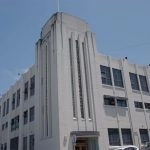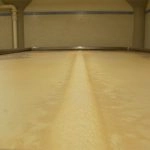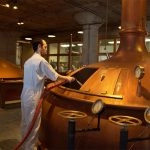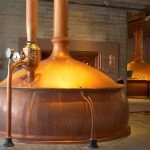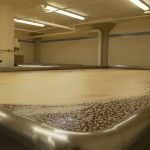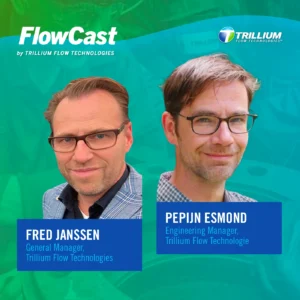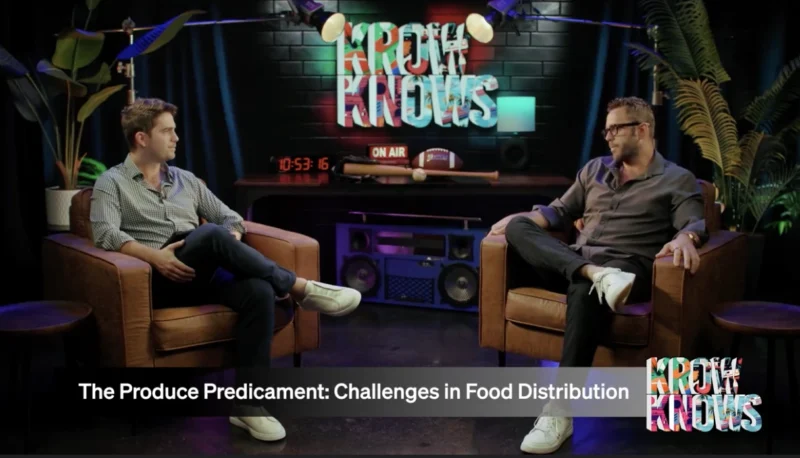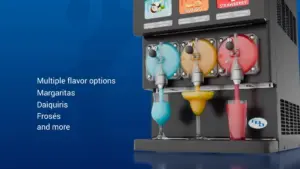How Anchor Brewing is the Last of the Steam Breweries
Craft brewing in America is usually associated with the 21st century. New breweries open every year and have given the industry a feeling of newness. However, the first beer pioneers started in 1896.
At the height of Gold Rush in San Francisco, what would become known as the Big Four Investors, Leland Stanford, Collis P Huntington, Mark Hopkins, and Charles Crocker started to build the market to support the influx of settlers trying to prosper in the American west. The future tycoons built rail roads and beer quickly followed.
“The brewers knew there would be a thirsty city and started brewing beer,” Anchor Brewing Brewmaster Scott Ungermann said.
The immigrants who followed the economic and industrial boom of California were by-and-large Germans that brought lager yeast. With refrigeration technology not yet available, early brewers needed a way to cool their wort rapidly and consistently. One of the ways they improvised was by rethinking the fermentation process. Instead of closed vertical containers, they designed big, shallow open coolships on top of rooftops, which let the ocean breeze do the work of cooling the beer. This process created an immense amount of steam which prompted the nickname, Steam Beer.
At the turn of the 20th century, there were dozens of breweries in the Bay Area using this method to create beer. Prohibition naturally hindered the craft brewing industry even after its repeal. Ungermann says there are no records of Anchor producing any beer during the 14 years in which prohibition was in effect. Only seven local breweries survived the legislation that banned the sale of alcohol in the 1920s and early 1930s.
By 1965, Anchor Brewing was the last Steam Beer brewery on the West Coast, but Anchor was far from thriving. Anchor had briefly closed its doors in 1959 and was looking at another death.
“[The brewery was] down to 3 accounts in the city and only had double digits in the bank account,” Ungermann said.
The brewery had plans to close when across town at the Spaghetti Factory, Fritz Maytag (yes, that Maytag), was told by the bartender that he, “had been served his last Anchor Steam ever.”
Determined to save the brewery, Maytag went to Anchor the very next day to purchase the fledgling beer provider.
Throughout the 1950s and sixties, Anchor Brewing had built up an unfortunate reputation for being an inconsistent beer. Due to the lack of proper ownership, the brewery had fallen into bad habits of not cleaning its equipment thoroughly and not following proper procedure in the brewing process.
In response to this, Maytag put the beer under the microscope, literally.
“He very famously bought a microscope [he needed in order to] figure out what was going on with his beer, how was it fermenting,” Ungermann said.
“He got the beer right, that’s what he focused on first. He figured out the process and how to develop more consistency with the flavor of the beer and then he went out and sold the beer,” Ungermann said.
Maytag did not look to build out an extensive national network but instead wanted to build a larger, more loyal base in San Francisco and his improved product resonated. Anchor Steam started to garner a cult following as something different than what was dominating the market: light, “golden fizzy lagers” from the larger producers.
“[Anchor Steam was] inherently different, it was still a lager but a more carameled color, a bit hoppier, a little more bitter, a little sweetness, a little bigger, all malt,” Ungermann said.
For the latest news, videos, and podcasts in the Food & Beverage Industry, be sure to subscribe to our industry publication.
Made In America: Kentucky Bourbon
If you’ve ever had a glass of American Whiskey, there’s a high chance it was distilled near Lexington, Kentucky. On this bonus episode of Made In America, we are going to discover what has made this drink so popular for generations, and how Kentucky puts its own stamp on it.


